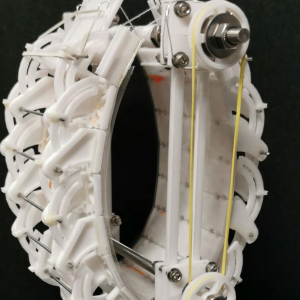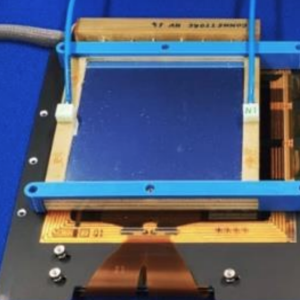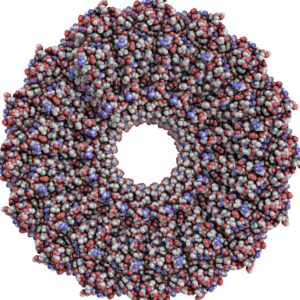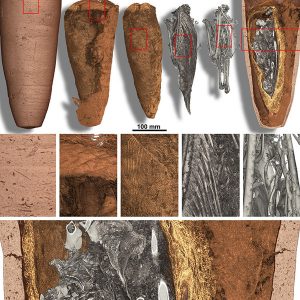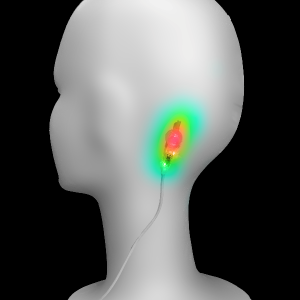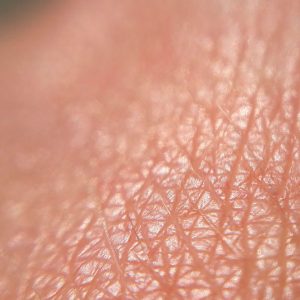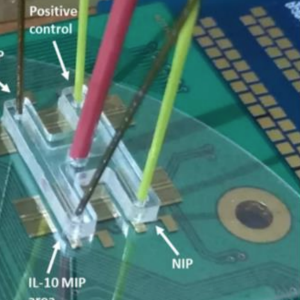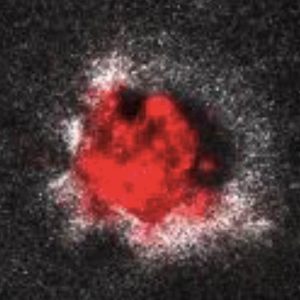The transverse position of the charged particle beam circulating in an accelerator is one of the most basic yet crucial observables. Efficient and safe operation of every accelerator, as well as performance reach of many physic experiments, relies heavily on accurate beam position measurements. Such measurements are typically performed with Beam Position Monitors (BPM) –...
This website uses cookies so that we can provide you with the best user experience possible. Cookie information is stored in your browser and performs functions such as recognising you when you return to our website and helping our team to understand which sections of the website you find most interesting and useful.






